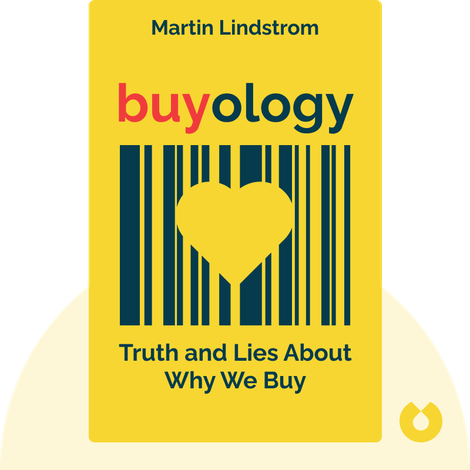How to Start a Kirana Store or Grocery Store
Starting a Kirana Store Or Grocery Shop, a small neighborhood grocery store in India, is a rewarding venture that taps into the growing demand for accessible, community-based retail.
In the ever-evolving landscape of marketing, understanding the intricacies of consumer behavior is paramount. One book that stands out in shedding light on the mysterious realms of the human mind and its impact on purchasing decisions is “Buyology: Truth and Lies About Why We Buy” by Martin Lindstrom. This groundbreaking work delves deep into the neuroscientific aspects of consumer behavior, offering marketers invaluable insights into the subconscious drivers behind the choices consumers make. In this article, we explore why marketers must not only read but also embrace the lessons imparted by “Buyology.” Below are some of the reason that you must consider why you should read this book as a marketer.

“Buyology” introduces marketers to the concept of neuromarketing, a field that combines neuroscience, psychology, and marketing to unravel the secrets of consumer decision-making. Lindstrom employs a blend of scientific research, real-world case studies, and captivating anecdotes to explore the neural processes that influence our purchasing behavior. By understanding the science behind consumer choices, marketers gain a competitive edge in crafting more effective and resonant campaigns.
Lindstrom argues that a significant portion of consumer decision-making occurs at the subconscious level, driven by emotions, memories, and ingrained habits. Marketers who comprehend the power of these subconscious influencers can create campaigns that tap into the emotional core of their target audience. “Buyology” serves as a guide to decoding these hidden drivers, allowing marketers to align their messaging with the deep-seated desires and motivations of consumers.
One of the strengths of “Buyology” lies in its exploration of groundbreaking neuroscientific experiments conducted to uncover the triggers and responses associated with consumer behavior. Lindstrom discusses studies involving brain imaging, eye tracking, and other neuroscientific techniques to reveal how the brain reacts to marketing stimuli. By examining these experiments, marketers gain a firsthand understanding of the neural processes that influence brand perception and purchasing decisions.
The book also explores the impact of branding and product placement on the consumer brain. Lindstrom dissects the subtle ways in which brands leave lasting imprints on our minds, shaping our preferences and loyalty. Marketers can leverage this knowledge to create memorable brand experiences that resonate with consumers long after the initial exposure.
Contrary to the traditional belief that consumers make rational decisions based on logical considerations, “Buyology” highlights the prevalence of irrational and emotional factors in the decision-making process. Understanding this dichotomy is crucial for marketers aiming to create compelling campaigns that appeal to the emotional side of consumers.
In the dynamic and competitive world of marketing, staying ahead requires a deep understanding of consumer behavior. “Buyology” by Martin Lindstrom provides marketers with a roadmap to navigate the complex landscape of the human mind. By embracing the principles of neuromarketing and delving into the subconscious drivers of consumer choices, marketers can create campaigns that not only capture attention but also forge lasting connections. In essence, “Buyology” is not just a book; it is a guide that empowers marketers to unlock the secrets of the consumer mind and revolutionize their approach to advertising.
Starting a Kirana Store Or Grocery Shop, a small neighborhood grocery store in India, is a rewarding venture that taps into the growing demand for accessible, community-based retail.
The Amazon Associates Program, one of the world’s largest affiliate marketing programs, offers a way for content creators, bloggers, and website owners to monetize their platforms by promoting Amazon products and earning commissions on sales generated through their referral links.
Explore the top 20 affiliate programs, detailing their features, benefits, and how you can get started.
Akshat’s passion for marketing and dedication to helping others has been the driving force behind AkshatSinghBisht.com. Known for his insightful perspectives, practical advice, and unwavering commitment to his audience, Akshat is a trusted voice in the marketing community.
If you have any questions simply use the following contact details.
